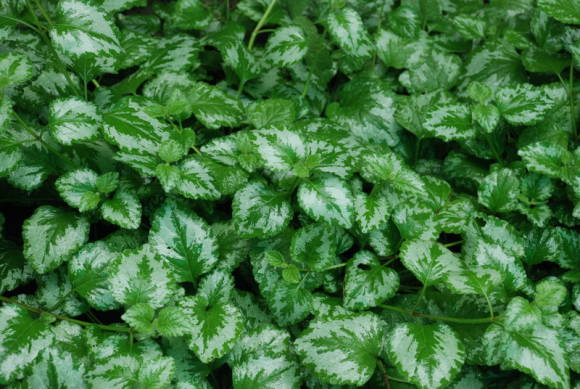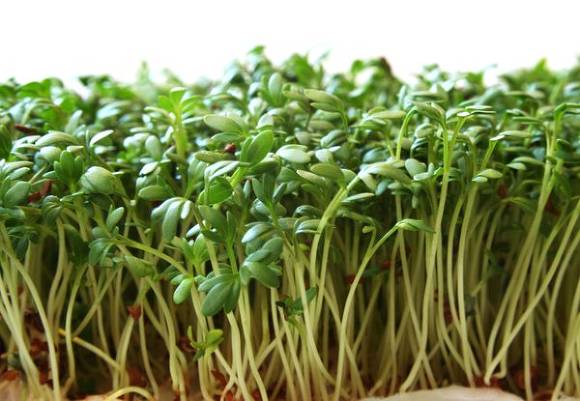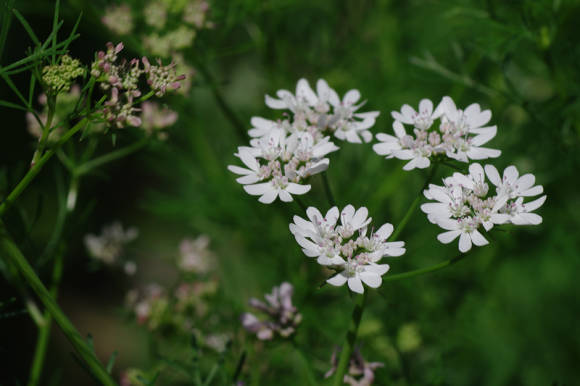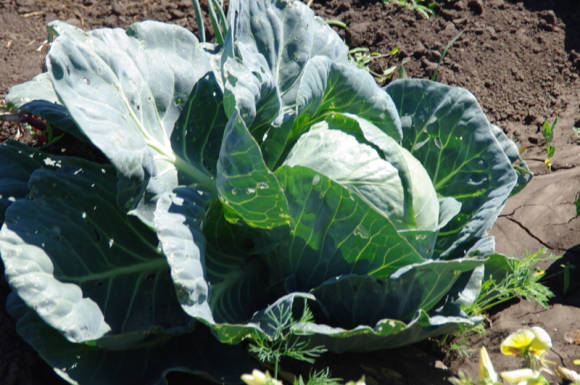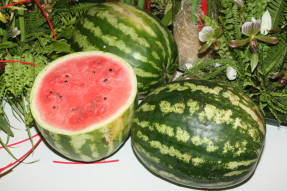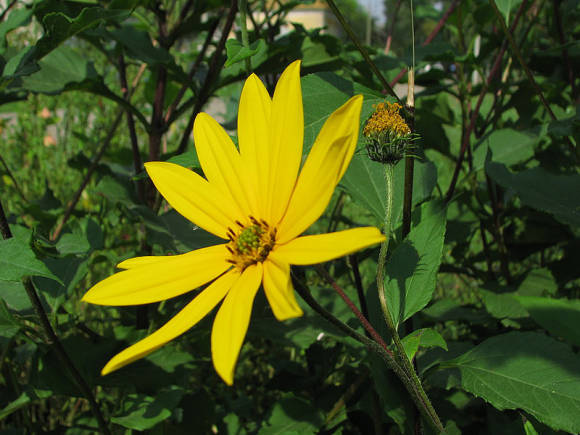Asparagus is familiar to many gardeners from green airy twigs in bouquets. But in the spring, when its shoots make their way to the light, and they are plump, they are eaten.
But, unfortunately, the most "delicacy delicacy" of the Russian bourgeoisie of the 19th century now, in comparison with other vegetable crops, is very rarely found in garden plots.
But this tasty and medicinal plant is also amazingly beautiful. That is why many gardeners grow asparagus as an ornamental plant (cm. Pharmaceutical asparagus). She is really beautiful, her delicate twigs will adorn any bouquet of flowers - just admire.
 |  |
Asparagus medicinal (Asparagus officinalis), or asparagus officinalis is an evergreen herbaceous perennial with branched, straight, sinuous or curly stems and acicular or flattened cladodia shoots.
Asparagus stems are erect, round, strongly branching, covered with bundles of thin filamentous modified shoots. The youngest of them have the shape of needles collected in whorls and resemble pine or cedar needles. Asparagus does not have green leaves; their remains are preserved in the form of triangular colorless scales pressed against the stem. In the sinuses of these scales, buds form, from which green branches develop.
The asparagus leaves are reduced to small, scaly scales, making the plant look very graceful. These “needles” seem very sharp, but they are soft and soft to the touch. Asparagus is usually green in color. Asparagus flowers are small, inconspicuous, white or pale pink.
In the best case, asparagus stems are used as one of the components in the design of flower bouquets. For this purpose, 1-2 plants are grown on the site. And how about one of the most delicious vegetables, our gardener somehow completely forgot. And fans of asparagus consider her the queen of vegetables. Some appreciate the subtle tenderness of white asparagus, while others appreciate the spicy scent of green asparagus.
Asparagus grows in one place for 18–20 years or more, forming up to 50 shoots. The plant is dioecious, i.e. male and female flowers are found on different plants. Male plants are more powerful, durable, early ripening and a quarter more productive than female plants. On male plants, flowers form pollen, and on female plants - ovaries and red inedible fruits, similar to rowan berries. In the first year, female and male plants are difficult to distinguish.
 |  |
The rhizome of asparagus is powerful, and the thick cord-like roots extend far into the soil. The lateral roots extending from them are located in the arable layer. From the numerous buds located on it, young fleshy shoots grow, for the sake of which asparagus is grown. New roots are laid on each shoot.
Growing asparagus
Asparagus is very demanding on soil moisture. It tolerates air drought well, but with a lack of moisture in the soil, the shoots grow thin, bitter and fibrous, losing their tenderness, which sharply reduces their nutritional value. At the same time, asparagus does not tolerate waterlogging. Young plants are demanding on light and cannot tolerate shading.
Read more about growing asparagus in the article Asparagus is a forgotten delicacy.
Vegetable asparagus varieties
The varietal composition of asparagus is still very poor. The following varieties are most often found among gardeners:
- Argentel Early - the earliest variety, forms large juicy shoots. The tops of the stems emerging from the ground in this asparagus are white, slightly pink in color, and greenish-purple in the light. Young stems are juicy, large, thick, low-fiber, do not boil soft during cooking and retain their shape. Plant height reaches two meters. The variety is frost-hardy due to its strong root system that can withstand extreme cold. The peculiarity of this variety is the rapid loss of moisture and deformation of the cut shoots. To keep the asparagus shoots juicy, put them in a bag immediately after harvesting.
- Gainlim - the variety has a high yield and good taste characteristics of the shoots. Plants with medium ripening times reach technical maturity towards the end of April.
- Royal - the variety belongs to the category of tall plants (it grows up to 170 cm). Shoots have a small diameter (about 1.5 cm). The pulp is tender, tasty, white. A distinctive feature of the variety is its resistance to disease, drought, temperature drop.
- Mary Washington - a mid-season fruitful variety, has large, thick, delicate shoots with red-violet heads. The pulp is yellowish, low-fiber, of excellent taste.
- Early Yellow - early ripening fruitful variety with delicate, long, greenish-yellow shoots and a dense yellow head. Can be used fresh and for canning.
- Snow Head - mid-season variety with pointed shoots of medium size and a relatively dense head, which retains its white color for a long time. The variety is intended for fresh use and for canning.
- Harvest 6 Is a mid-season fruitful variety with thick large white shoots with a pink head. The pulp is white and pale yellow, tender, of high taste. Suitable for fresh consumption and canning.
 |  |  |
Asparagus is tasty and healthy
As a vegetable, asparagus is grown for its juicy bleached shoots, which are a delicacy. Previously, only green asparagus was grown; now many consumers prefer bleached. Asparagus shoots are rich in protein substances (up to 3%), second only to legumes in their content. They contain vitamins: C - up to 30 mg%, B1 - 0.2 mg%, B2 - 0.15 mg%, PP - 1 mg%, carotene - 2 mg%.
Asparagus is rich in minerals and trace elements. It contains potassium - 207 mg%, sodium - 40 mg%, magnesium - 20 mg%, phosphorus - 46 mg%, iron - 1 mg%, iodine - 10 μg%.

Asparagus contains significant amounts of nitrogen and sulfur compounds, which stimulate kidney function and regulate the body's water balance. It contains a significant amount of asparagine, which has a positive effect on the work of the heart, enhances the work of the kidneys, while reducing blood pressure, has a beneficial effect on the nervous system.
An infusion of bleached shoots in folk medicine is used as a diuretic, a decoction from the roots - from dropsy, with inflammation of the bladder, with difficulty urinating, with rheumatism, as a sedative for palpitations and epilepsy. Infusion of fruits is used for impotence.
The dietary use of asparagus also has a healing effect on the body.
"Ural gardener", No. 24, 2028

